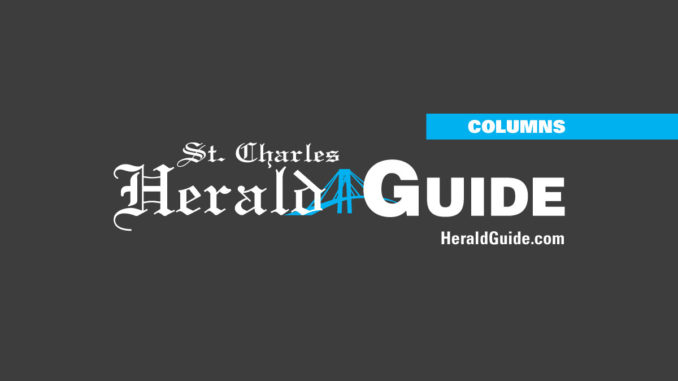
As required by law, the governor recently submitted her executive budget for Fiscal Year (FY) `07 in advance of the Regular Session. The $20-plus billion budget proposal turned some heads due to its size and the amount of new spending it contains. The governor is proposing hefty increases in both education and health care. She is budgeting approximately $105 million for a K-12 teacher pay raise, $90 million for increased spending in higher education (including faculty pay raises), and over $400 million in increased Medicaid spending (over levels contained in the current budget).
To her credit, the governor is placing the K-12 teacher pay raise “above the line” in the budget. Last year, she proposed a teacher pay raise but did not include it in her executive budget as a funded item. Instead, she pushed the Legislature to pass a huge tobacco tax increase to fund the raises. The tax failed, and the teachers were very disgruntled, not only because they didn’t get a raise, but also because the governor didn’t include it in the budget she first submitted to the Legislature. This year, the Legislature will have to remove the teacher pay raise from its “above the line” status in the budget in order to restore spending on items like the rural and urban “slush funds” that the governor put “below the line” in her executive budget.
The FY `07 budget will undoubtedly be the most controversial issue in the upcoming Regular Session-and it should be. Many taxpayers are already shaking their heads about the size of the proposed budget. But the major issue that the Legislature needs to address is the stability of the revenues that underpin a budget post-disaster that is larger than the one we operated under pre-disaster.
Two of the largest increases in revenue warrant particular attention. Some $411 million in new revenues feeding the budget come from one-time money given to us by the federal government. This is additional Medicaid money to assist with indigent health care expenditures incurred in the aftermath of the storms. This money is not likely to reappear in the future. If it is budgeted for expenditures of a recurring nature, the Legislature could be digging a hole for future budgets.
Another source of new revenue that bears watching is the $442 million that has been recognized by the Revenue Estimating Conference in increased oil and gas revenue. Now that the $682 million cap on the “Rainy Day” Trust Fund has been met, all oil and gas revenue in excess of $850 million flows directly into the state general fund-thus the $442 million. But, as we know from past experience, mineral revenues can fluctuate greatly. One of the major reasons for creating the Rainy Day Trust Fund was to limit the amount of these volatile revenues going into the budget. If a sizeable amount of new recurring expenditures is tied to this increase in mineral revenues, another potential future budget hole is created.
Other budget questions remain: Will the current 13 percent increase in the state sales tax collections continue after replacement purchases from the hurricanes subside? What will happen with personal income tax
collections, considering the number of taxpayers who have departed Louisiana? And how much will we owe the federal government for FEMA reimbursements-and when will those payments be due?
The governor has justified her proposed budget by saying that we should be optimistic about the economy. There is nothing wrong with spouting economic optimism, but when it comes to budgeting, the Legislature would be wise to err on the side of caution.




Be the first to comment